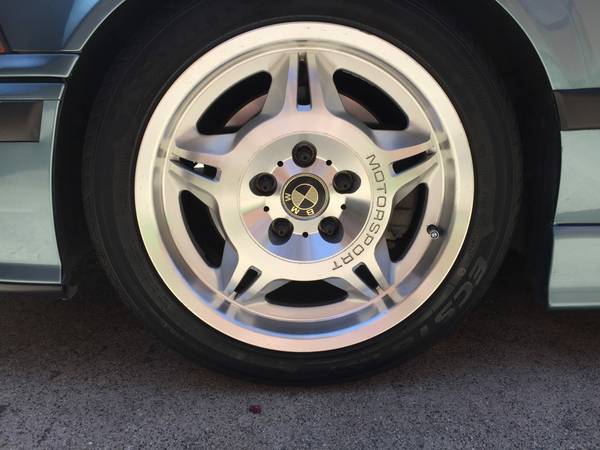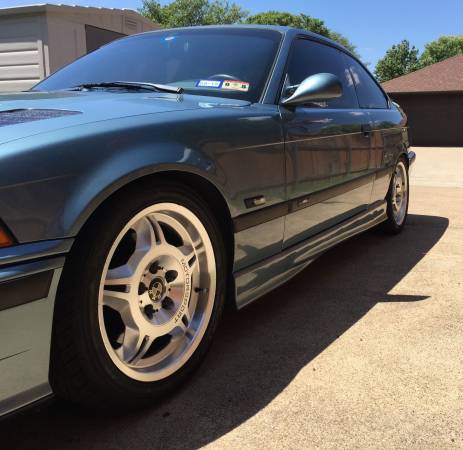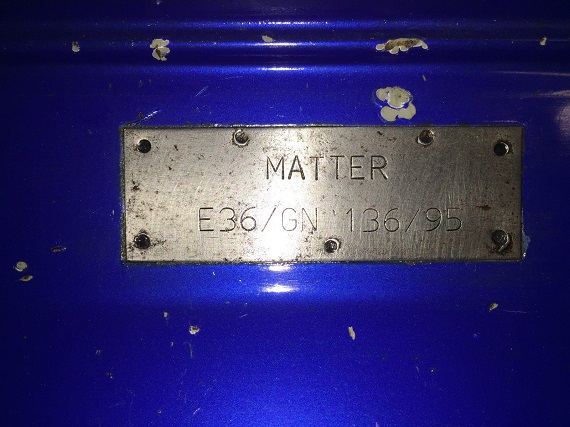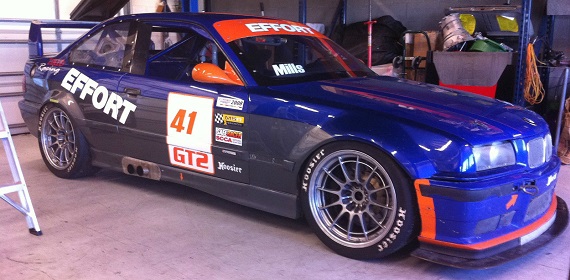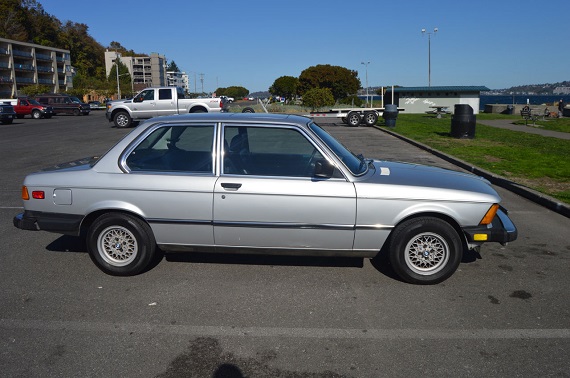Right before the turn of the century, the sun would set on the E36 BMW M3. This was the M3 that would make the fast 3 series formula a bit more accessible to the armchair enthusiast than its predecessor. For the first time, a four-door variant was offered and, gasp, an automatic gearbox. In addition, a 3.2 liter, six-cylinder engine would supplant the 2.3 liter inline-4 with Formula 1 DNA that was offered in the iconic M3. This final year M3 for sale from our friends at Automobili Limited. It’s a low-mileage example equipped with the 5-speed manual gearbox and Style 23 M Contour wheels finished in the desirable and rare Dakar Yellow.
Tag: e36
The year was 1994, and BMW brought some pre-production M3s in Dakar Yellow to various tracks around the U.S. to engage their primary target audience; enthusiasts. I still remember seeing them and being both very excited and slightly let down. From a performance standpoint, even in turned-down U.S. form the M3 was a potent small sedan. 240 horsepower was top of the small car market back then and around a track, stock for stock the E36 was easily a match for the outgoing fan-favorite E30. Coupled with an eye-searing color, it was an impressive and modern package that I loved. But I also loved the street-racer aspect of the E30, and that was something that the E36 didn’t capture well….at first. That was remedied later in 1995 with the introduction of the “CSL” version of the E36. Stripped out, available only in Alpine White and with Motorsports GmbH details throughout, the M3 Lightweight channeled both the E9 3.0CSL racers that started the M trend and captured the spirit of the E30 with its giant, adjustable rear wing and splitter. Instantly these began popping up at track events; despite the entire production run of only 126 cars, it wasn’t uncommon in 1995 and 1996 to see 4 or 5 of these special cars turn up and trounce all the other cars with ease. Since new, these limited edition M3s have always held more value than nearly all of the rest of the model run – and as prices of all things M rise, it’s no surprise that it appears the tide is carrying them up as well:
CLICK FOR DETAILS: 1995 BMW M3 Lightweight on eBay
5 CommentsNot all M3 racers are the same, though as the saying goes it’s tough to judge a book by its cover. Looking at today’s 1995 M3 one could suggest right off the bat that it looks well built but not appreciably different than most other track-ready E36 M3s that come to the market. But it’s what is underneath that really separates this M3 – one that bucks the suggestion that beauty is only skin deep. That’s because this example is one of the reported 197 M3s produced by BMW Motorsport GmbH specifically for racing when new. They were sold to the likes of dealers and well-to-dos for Group N competition – effectively, a “Showroom Stock” level of racing. But these M3s were anything but stock as they were delivered in component form to dealerships to be built by the racer in the specification that they required. Number 136 has an interesting career, having originally been raced by Frick Motorsport in the Austrian Touring Car Championship by notable BMW factory driver Dieter Quester. BMW even went so far as to have models made of the car, liveried in Red Bull colors and wearing number 3. Since then it was turned into a privateer racer where it has consistently been, rather unsurprisingly, a front runner:
CLICK FOR DETAILS: 1995 BMW M3 Group N on eBay
Comments closedRightly so, I’ve been accused of comparing everything to BMWs – so for today’s 10K Friday, I thought why not compare BMWs to BMWs? Part of the reason I compare various cars I write up to the alternative BMW products is because for some time they have been considered the benchmark, and their popularity from new to the used classic market means that they set the pricing trends against which others can be judged. That’s especially true of the 3 series; for some time, the go-to performance product from Germany, increasingly many earlier generations of the 3 are being viewed as not only collectable, but indeed as investments. So, what does your $10,000 budget buy these days? I’ve rounded up five examples from the first five generations, covering nearly every configuration the small executive platform has been available in. Which is the winner?

